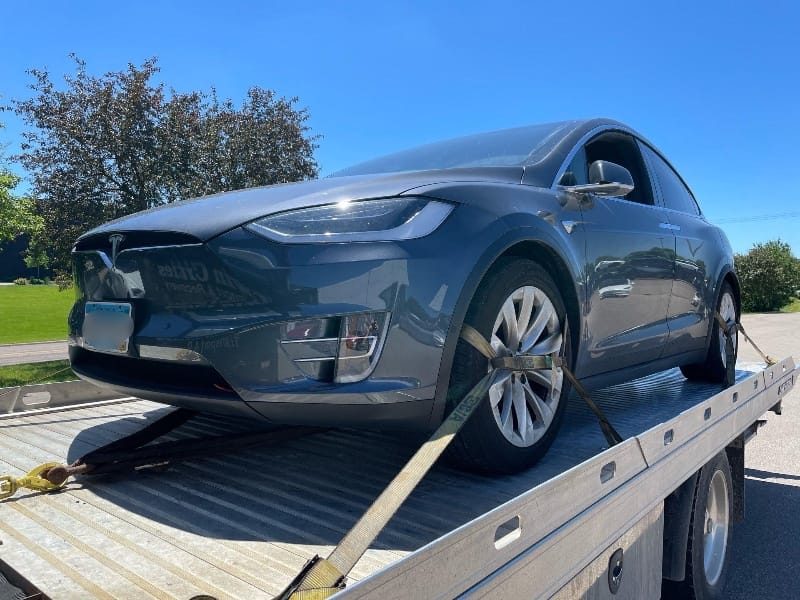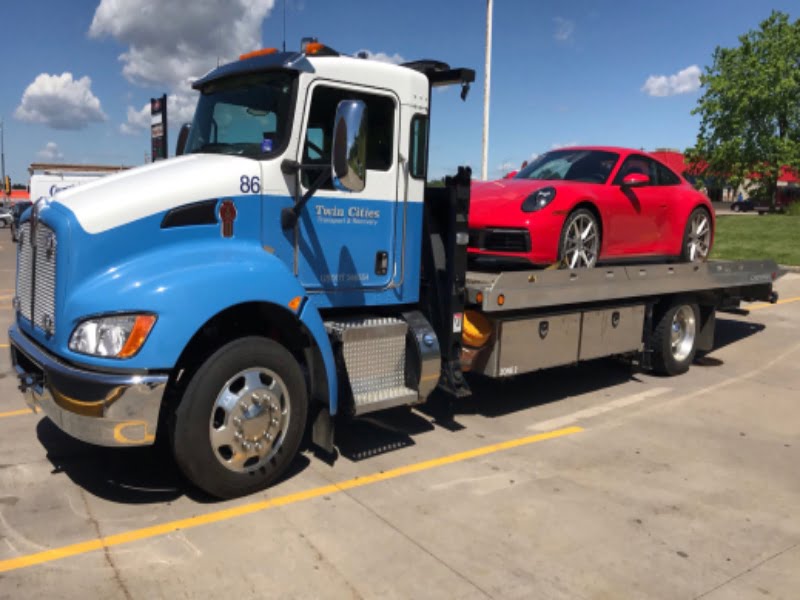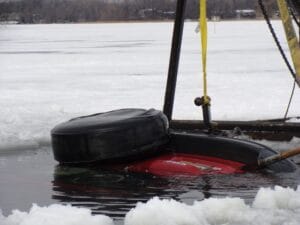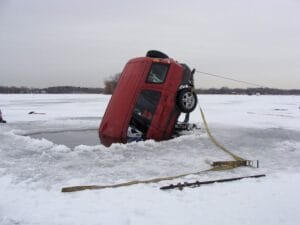Is Towing Wrecking Your Transmission?
We’ve all heard it. “Towing ruins your transmission.” It’s one of the most common lines people throw around when their vehicle ends up on the hook. But here’s the truth: not every tow leads to damage, and most of the horror stories come from outdated practices or bad technique. If you’ve ever hesitated to call a tow because you were scared it’d destroy your drivetrain, you’re not alone. We want to set the record straight. And make sure you feel confident calling our Bethel tow truck service when you need one.

Automatic Transmissions and Flat Towing: A Real Risk, But Not a Guarantee
Dragging an automatic vehicle with the drive wheels on the ground? That’s where the problem starts. Flat towing, or two-wheel towing, used to be standard years ago, but it’s not compatible with many modern drivetrains. Why?
Because when your drive wheels spin without the engine running, there’s no fluid circulating in the transmission. That can lead to overheating and, eventually, major internal damage. But the key word here is can—not will—and only if it’s done the wrong way.
Towing Today Is Built for Modern Vehicles
The days of dragging cars around with chains and hope are long gone. Towing has evolved with the vehicles it supports. As drivetrains have become more complex, towing methods have followed suit.
We can now rely on updated equipment and smarter procedures designed to prevent damage, especially to sensitive components like transmissions.
Here’s how today’s towing practices have changed:
- Flatbed tow trucks are widely used for vehicles with automatic transmissions or low clearance. They lift the entire vehicle off the ground, preventing drivetrain movement.
- Wheel-lift tow trucks with dollies are used to keep drive wheels off the pavement when flatbeds aren’t practical.
- Drivetrain checks are standard before towing. Knowing if a vehicle is front-, rear-, or all-wheel drive helps determine the safest approach.
- Digital databases and guides are often used by dispatchers and operators to confirm vehicle-specific towing instructions.
- Better training and certification has raised the bar industry-wide, reducing the risk of operator error.
In short: towing today is informed, methodical, and designed to match the complexity of modern vehicles.
The Myth of “Neutral” Fixing Everything
Another misconception we hear all the time is that shifting the car into neutral makes it tow-safe. That’s not always true. In many newer automatics, neutral won’t engage the transmission fluid pump. So even if the wheels are turning, the transmission isn’t being lubricated. That’s a recipe for overheating if it goes on too long.
We treat every Bethel tow truck service like a custom job. One-size-fits-all approaches don’t fly with today’s vehicles.
Not All Tow Companies Operate the Same
Here’s the hard truth: some damage horror stories come from the way a specific tow was handled and not from towing itself. Hooking up a car without checking its drivetrain, using the wrong kind of truck, or failing to secure it properly can absolutely cause issues.
What Separates a Good Tow from a Bad One?
• Knowing whether the vehicle is front-, rear-, or all-wheel drive
• Using a flatbed or dollies when needed
• Securing the vehicle correctly to prevent rocking or rolling
• Avoiding unnecessary dragging during hook-up or loading
If your transmission failed after a tow, chances are the process wasn’t done right.

FAQ: Towing and Transmission Damage
1. Does getting my car towed automatically damage the transmission?
No. Transmission damage usually happens only when the wrong towing method is used — for example, towing a front-wheel-drive car with its drive wheels on the ground. Modern professional towing practices prevent this.
2. Why is flatbed towing often the safest choice?
A flatbed lifts the entire vehicle off the ground, so none of the wheels turn. That keeps the drivetrain and transmission completely inactive and protected during transport.
3. When is wheel-lift towing safe to use?
Wheel-lift towing is safe when the non-drive wheels remain on the pavement. For front-wheel-drive vehicles, the front wheels are lifted; for rear-wheel-drive vehicles, the rear is lifted. Dollies are added if needed to keep all drive wheels off the ground.
4. Does putting the car in neutral make towing safe?
Not always. Many modern transmissions still need active fluid circulation for protection, which doesn’t happen when the engine is off. Simply shifting into neutral doesn’t guarantee safe towing.
5. How do professional towing companies prevent transmission damage?
Certified operators check the drivetrain before hooking up, use flatbeds or dollies as needed, follow manufacturer guidance, and secure the vehicle to prevent dragging or unwanted wheel rotation.
6. What if my transmission failed after a tow?
Most transmission failures linked to towing come from improper technique, not the act of towing itself. A reputable Bethel tow truck service uses the right equipment and methods to protect your vehicle.
7. Can I ask the towing company about their towing method?
Absolutely. A trustworthy Bethel tow truck service will explain which towing method they’re using and why, so you can be confident your car is handled safely.
Twin Cities Transport: Bethel Tow Truck Service That Knows the Difference
There’s no such thing as an “easy” tow in our book. We take every call seriously because we know how much is riding on your vehicle’s safety… literally. Whether it’s a flatbed haul after a breakdown or a quick lift out of a ditch, we use the right equipment and the right method, every time. Because we’re the Bethel tow truck service drivers can trust.
When you call for our Bethel tow truck service, you’re not just asking for a ride—you’re trusting someone not to cause more problems than you already have. That’s something we don’t take any of our Bethel tow truck service jobs lightly.
If you’re ever in doubt, just ask us about the safest way to tow your vehicle. We’d rather walk you through it than leave you guessing. That’s what a good Bethel tow truck service should do.



